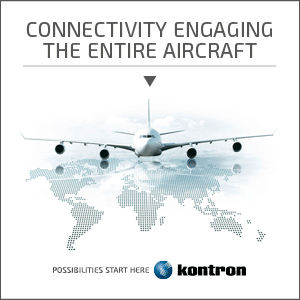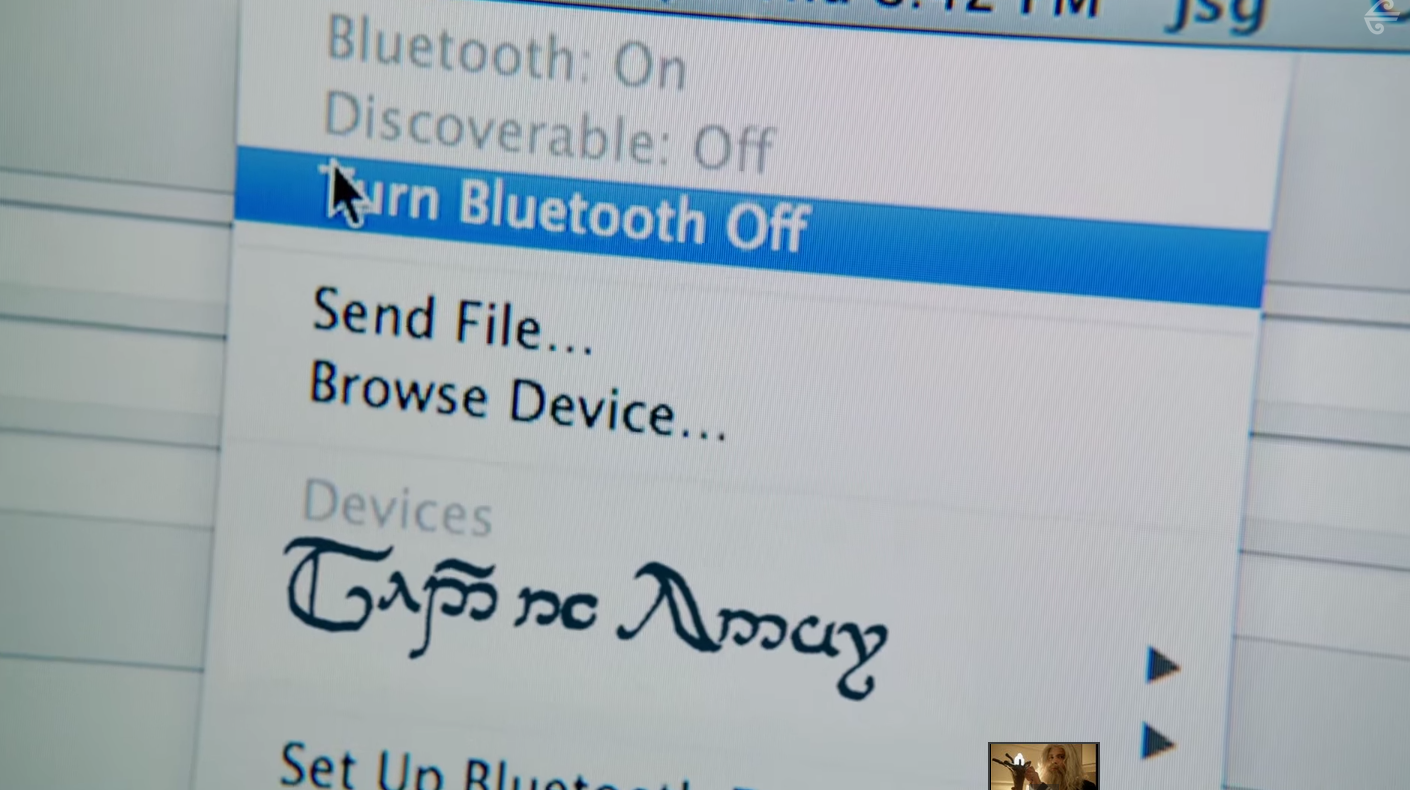Passengers are carrying more personal electronic devices onto the plane, and those devices will increasingly connect to headphones via Bluetooth, not wires. As this technology matures and becomes more prevalent, and as flyers come to expect to be able to use their headphones not just with their own device but with inflight entertainment systems, a problem is looming for suppliers, airlines and airframers.
Wireless spectrum capacity “is a huge issue”, says Panasonic Avionics VP, Global Communications Services, David Bruner. “We are experiencing this today on virtually every aircraft we have, but it is really severe among those airlines who have wireless entertainment. [A] large number of people all have their device, individually controlling AVOD, consuming all 2.4GHz and 5GHz capacity in the plane, competing with each other — and people have more than one device.”
Cedric Rhoads, executive director, corporate sales and product management at Panasonic Avionics concurs. “There is a unique environment in terms of RF (radio frequency) signals inside the cabin. It is not just the obvious, which is the reflective wave in the signals coming back to the transmitters and the receivers at different timing, which really messes things up and is very difficult to resolve. But it is also things like human bodies, carts, the seating — everything. It is one of the most inhospitable RF environments that there is, but for the purposes of aircraft testing we built a shielded lab so we could prove our theories.”
“We put full systems in there,” Bruner explains. “It told us a lot of things about the wireless environment, and one of the things we realized is you got to have more WAPs (wireless access points), and you have got to be able to control power very carefully because you don’t have enough channels within 2.4GHz or 5GHz that are licensed everywhere to be able to segment the plane effectively.”
 “There is no other place on earth that is like this,” Bruner continues. “You basically have got a hotel that’s squeezed into this tiny little environment, with many passengers, all with independent communications taking place. Not a hotspot, not a free service in an airport, nothing has got this density of number of users, so you can’t do the same frequency reuse things that you would do in the rest of the world.”
“There is no other place on earth that is like this,” Bruner continues. “You basically have got a hotel that’s squeezed into this tiny little environment, with many passengers, all with independent communications taking place. Not a hotspot, not a free service in an airport, nothing has got this density of number of users, so you can’t do the same frequency reuse things that you would do in the rest of the world.”
“We want to put a positive spin on everything,” Rhoads notes with a smile, “but this is one of those areas where the laws of physics intrude, the technology intrudes. The answers are not going to be, if suppliers are being honest, universally positive. The reality of the situation is that Bluetooth coexists in the 2.4GHz spectrum, and that with the proliferation of wifi we further complicate an already complicated problem. Bluetooth was never intended as a high-density communication mechanism. It was originally in the PAN (personal area network) definition: very low power, intended not to cross over certain thresholds for ITU or FCC regulation. But it is also a combative technology. In other words as the number of Bluetooth devices increases there becomes this kind of war of devices within the environment.”
Chris van der Loo, Phitek’s product and marketing director is certain the problem is fixable, despite the obstacles. “There are obviously a lot of challenges around delivering a product with multiple wireless connections to headphones within a very confined space like an aircraft. It’s certainly something we are looking at and I’m sure that it will be solved at some point in the future.
“There are a lot of challenges around Bluetooth. You can only have a certain amount of connections in a single space before they start sticking on each other. So, what the technology will be is yet to be seen. I’m not sure if it will be Bluetooth.”
“There’re definitely new options,” van der Loo notes. “Wireless communications is an evolving thing. There are always new protocols coming out. Obviously there are no new bands coming, but there are different ways to use the bands in smarter ways.”
“The complication,” for #PaxEx says BAE Systems’ director of cabin programs Jared Shoemaker, “is how do you pair and how do you pair securely? It’s all about security and ease of use in our opinion. You know how to pair bluetooth, you do it all of the time. I do it all the time. But not everybody does it on a given basis. We as an airline industry have to cater to everybody — we can’t just cater to the people who know the technology. We have to make it easy to use for everybody, and we have to make it very secure. Those are the challenges. I think they are very solvable, don’t get me wrong. We have worked through some scenarios where we are headed with this technology, and I do believe they are very solvable. But we have to keep in mind each of those aspects as we draw up the products.”
In terms of spectrum, “there is not a lot that any individual provider in this industry can do to ensure there is enough of it,” Shoemaker explains. “We really stay on top of what the industry is doing, and what’s happening with wifi spectrum in general. Where are the WAPs going and what does that mean for opening up new channels on the WAPs? Right now, we operate 5GHz and 2.4 GHz radios. To the extent that devices can utilize them, that helps us optimize the cabin utilization of those channels. We are looking forward to moving into a world where there are many more channels available, ideally in the 5GHz spectrum, so that we can clear through any ceilings that are out there for the number of passengers that you can stream to at any given time.”
“Can we create a Bluetooth connection, and can we do it generally fairly reliably?” Panasonic’s David Bruner asks rhetorically, summing up. “Yes, we can do that. The question is how many can we connect before the situation deteriorates to the point where quality of the experience is inadequate to satisfy the user, in fact maybe even anger the user.”

There will come a day when safety videos don’t require passengers to turn off Bluetooth headphones. Image: Air NZ
Related Articles:










